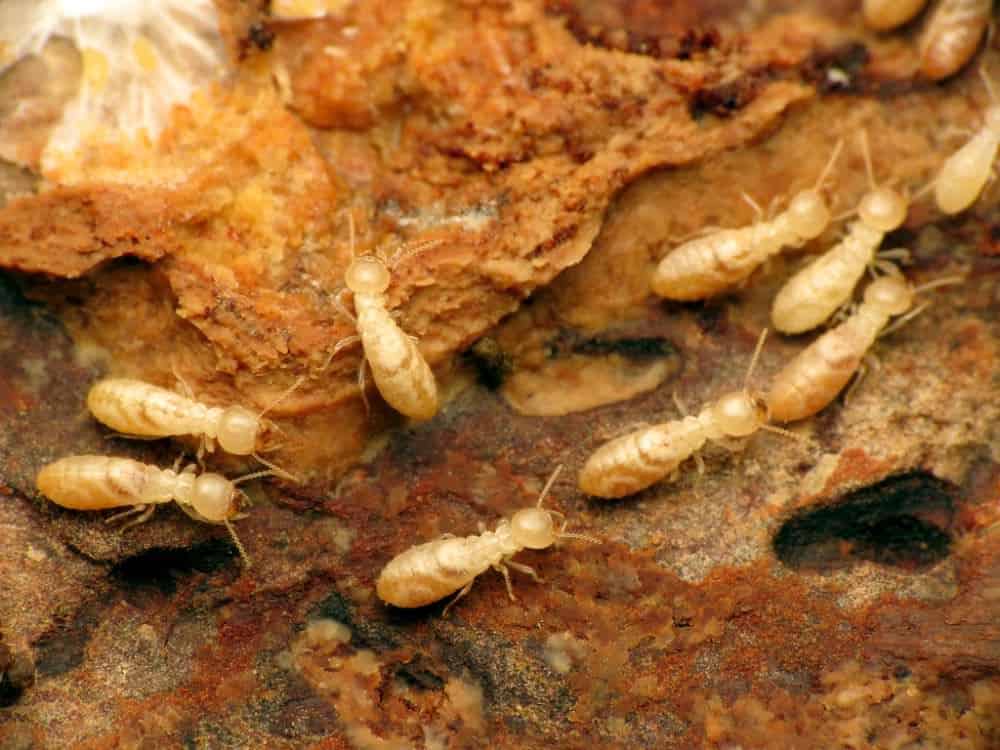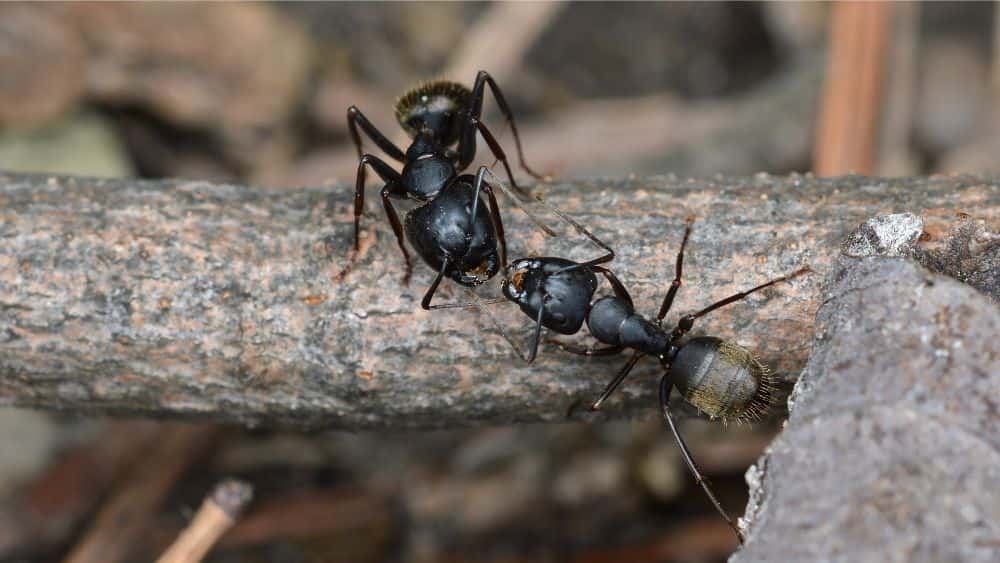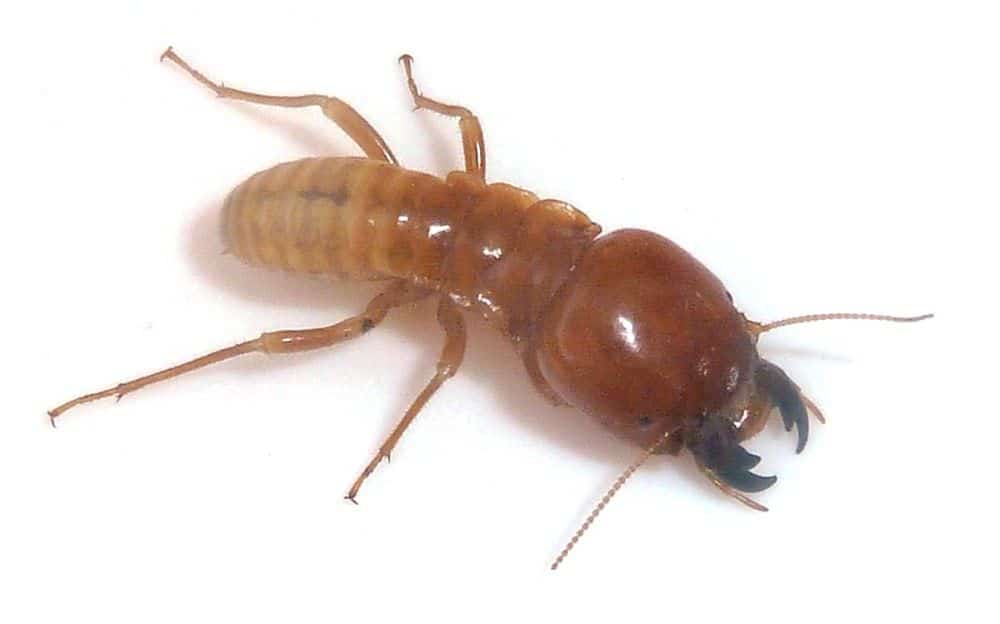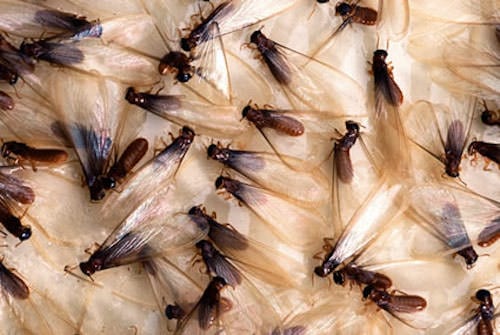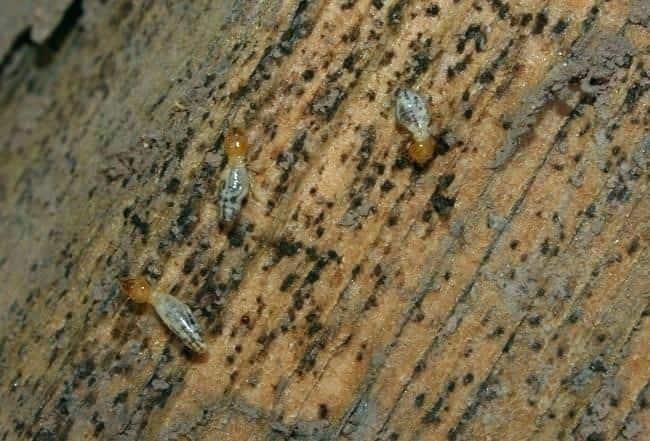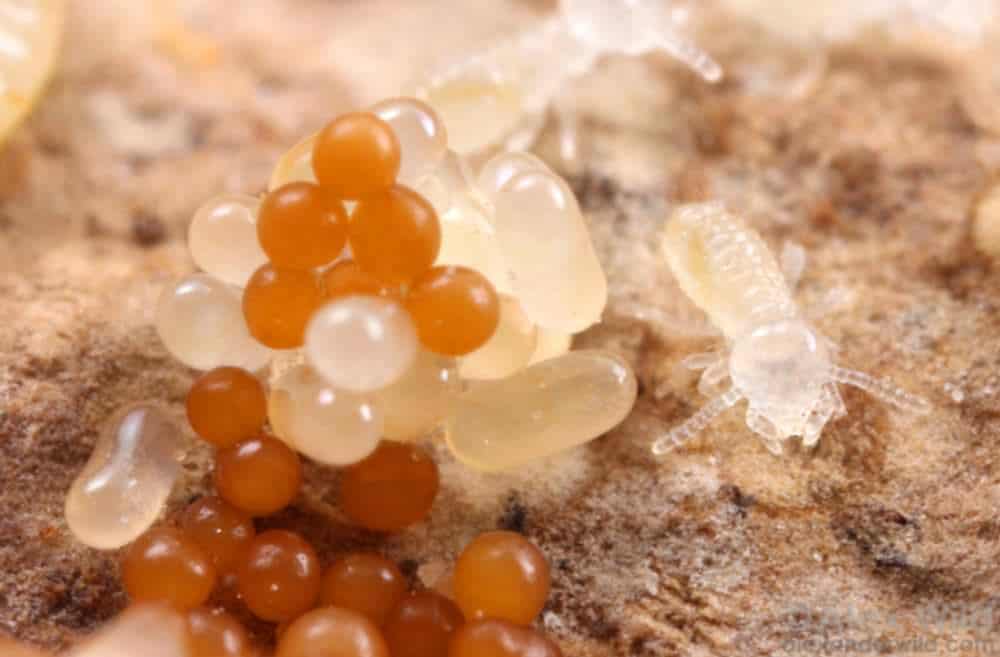What Are Termite Swarmers?
Termite swarmers are termites that can start new colonies of their own. The presence of termite swarmers indoors is almost always a sign of an infestation.
This article will explain more about termite swarmers, including how to get rid of them. I will also detail how to prevent them from reappearing in your home.
What Are Termite Swarmers?
Termite swarmers are mature, reproductive termites. They are also known as termite alates. They are called “swarmers” because they leave the nest in swarms when they are ready to reproduce.
Swarmers are a part of the reproductive caste in termite colonies. Other reproductives include the royal pair (king and queen) and secondary reproductives. Alates are the only members of the colony that leave the nest permanently.
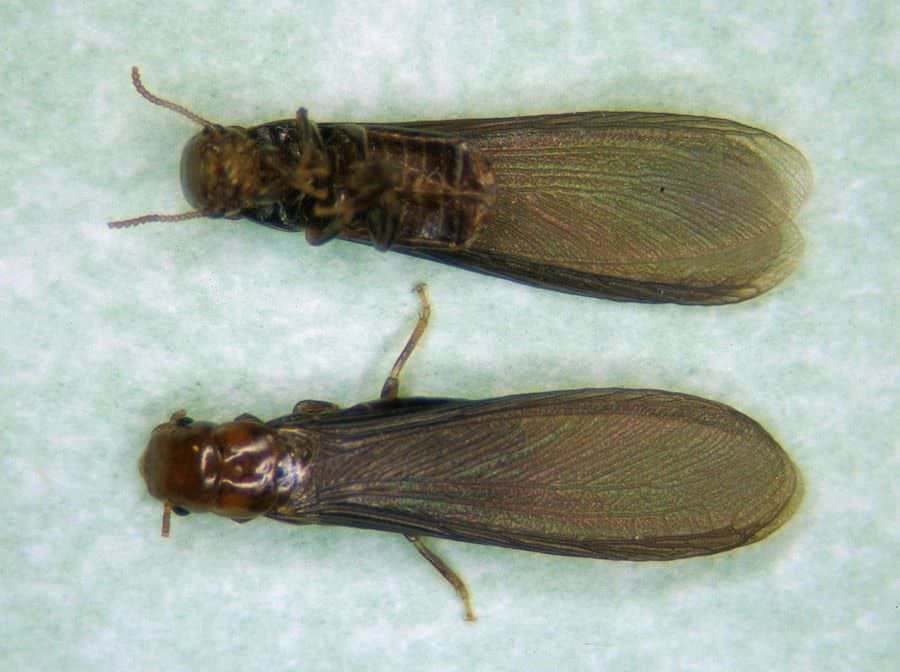
Every termite swarmer has the capacity to be a termite king or queen. The purpose of termites swarming is to disperse and begin separate colonies in different locations.
Swarmers are not strong fliers. Barring strong winds, the majority will land less than a thousand feet away from the nest. Once they land, males and females pair up.
The females search for a good location to set up a new colony. The optimal spot can differ, depending on the termite species. For example, dampwood termites require moist environments, whereas drywood termites prefer dry structures.
The termite king and queen will not mate until a suitable nest is found. Only then will they build a royal chamber, mate, and begin reproducing. In successful colonies, the king and queen will produce thousands of offspring over the years.
Fortunately for us, many of the swarmers do not survive. They are killed by predators such as reptiles, or get injured and die. Even swarmers that survive all this can die before establishing a suitable nest.
Termite swarms can number in the hundreds. The swarmers can emerge at different times of year, depending on the species. Some types of termites will leave the nest in small numbers outside of swarming periods.
Unlike other castes of termites, such as workers and soldiers, not all colonies produce swarmers. Only colonies that have grown to a certain size will produce swarmers. It can take a few years for a colony to mature to this point.
What Do Termite Swarmers Look Like?
Termite swarmers are distinct from other social classes in the colony. They are bigger than the workers and soldiers. Alates are the only type of termite with functional wings. They also have eyes and are capable of seeing, unlike the workers and soldiers.
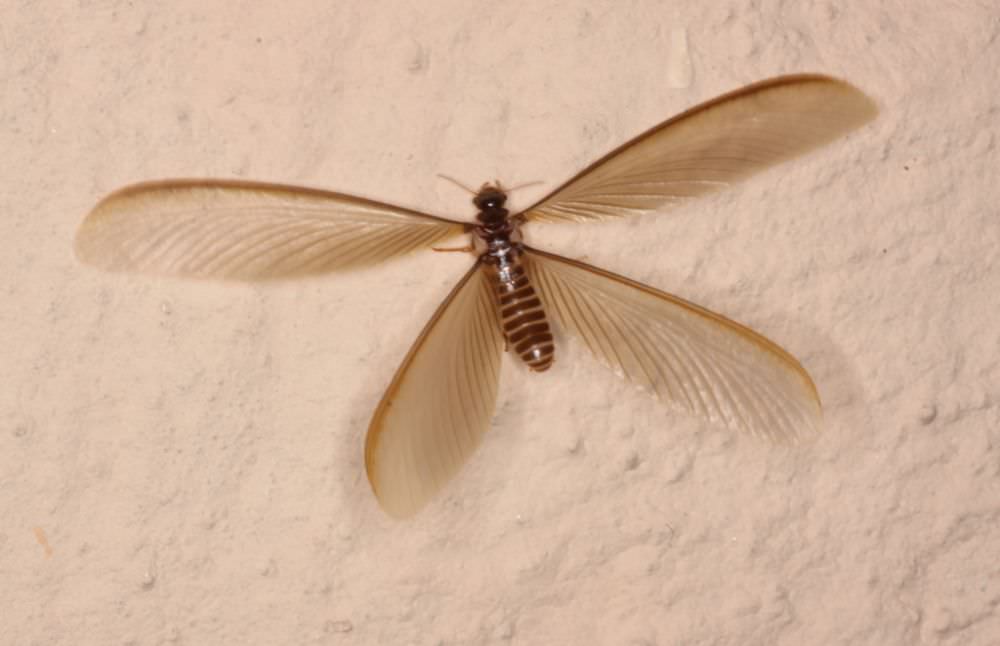
As with other termites, swarmers have a thick abdomen and short thorax (upper body). They have six functional legs, three on each side of their body. Their wings are opaque, identical in size and fragile. Some species may have more veins in their wings than others.
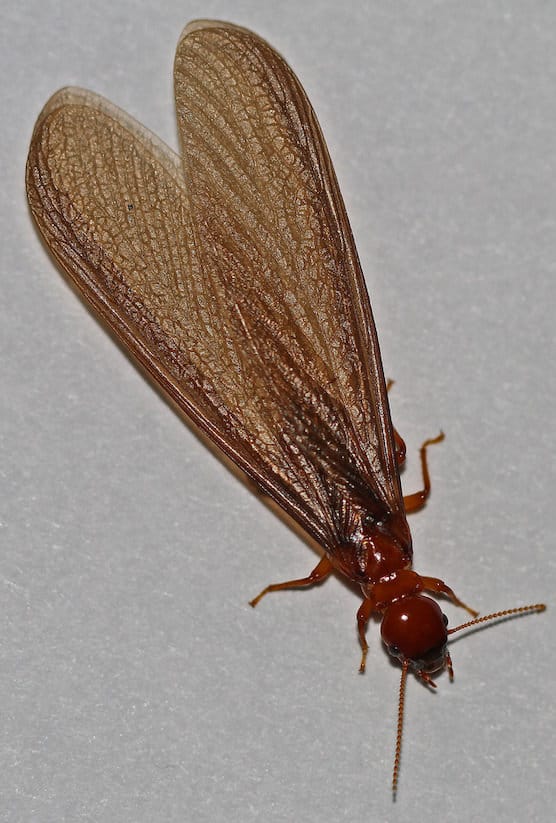
Depending on the species, the color and size of a swarmer can vary. Dampwood, subterranean, and drywood termite swarmers are distinct from one another.
Alates range in size from ¼ to ½ inch long, and come in assorted shades of light to dark brown. They have two straight, unbent antennae.
Take note that there are species of flying ants which can resemble termite swarmers. It can be difficult to tell the difference between them at first glance.
There is a simple technique for distinguishing the two, however. Ants have bent, elbowed antennae and a pinched or slender waist. Ant wings do not detach from their bodies, and are slightly colored rather than clear.
When Will You See Termite Swarmers?
Termite species swarm in synchronization. This means that swarms will be released from colonies that are distant from each other at the same time. Synchronized swarming allows for greater diversity in mating. Alates have the opportunity to found new colonies with mates of a different genetic background.
Each species has different optimal conditions for swarming. Temperature, wind speed, and other factors play a role in when swarmers leave the nest. The time of the year that you see swarmers can assist with identification. For example, drywood termites typically swarm between April and July.
Neotermes jouteli, a type of dampwood termite, swarms twice a year. You will see the swarmers from March to June and then once more from August until November.
Inside homes, the alates will attempt to escape. You will find broken wings and corpses throughout your home. Many of the swarmer bodies and wings will be found near windows. Unlike other classes of termite, swarmers are attracted to light.
How to Treat Termite Swarmers
It takes time for a termite colony to be able to produce swarmers. If you see swarmers inside your home, the termite infestation is likely advanced.
Remember that swarmers are only one portion of the colony. The remainder of the nest is hidden elsewhere on or around your property. As long as the nest exists, more swarmers will eventually emerge.
Termites are not easy pests to get rid of. Additionally, they can cause damage that can compromise the safety of a structure. It is preferable to involve a pest control professional.
The first step in treating an infestation is identifying the type of termites you have. Preserve swarmer corpses or take photos to show to a pest control expert. The termites in your home will be from one of three categories: subterranean, dampwood, or drywood. A multi-strategy approach is essential for all three types.
Subterranean termite nests are located in moist soil. Unlike drywood and dampwood termites, they do not live inside wood.
You might be able to find and destroy the termite nest. It could be underneath or in the vicinity of your property. The termites construct mud tunnels connecting the nest to the structure they are infesting.
If you find the nest, you can physically destroy it. It is best to apply a termiticide (insecticide against termites) to be sure it will be effective.
Dusts and Baits
Toxic dusts are slow-acting insecticides that kill off termites gradually. They are blown directly into termite tunnels with special puffers. These devices have fine tips that can fit through small cracks or holes. The insecticide will stick to foraging termite workers. Once the workers return to the nest, they will poison their fellows through contact.
Termite baits can be used alongside dusts, and work in a similar way. Worker termites come across the baits and consume the poison. When they return to the nest, they transmit the poison to other termites.
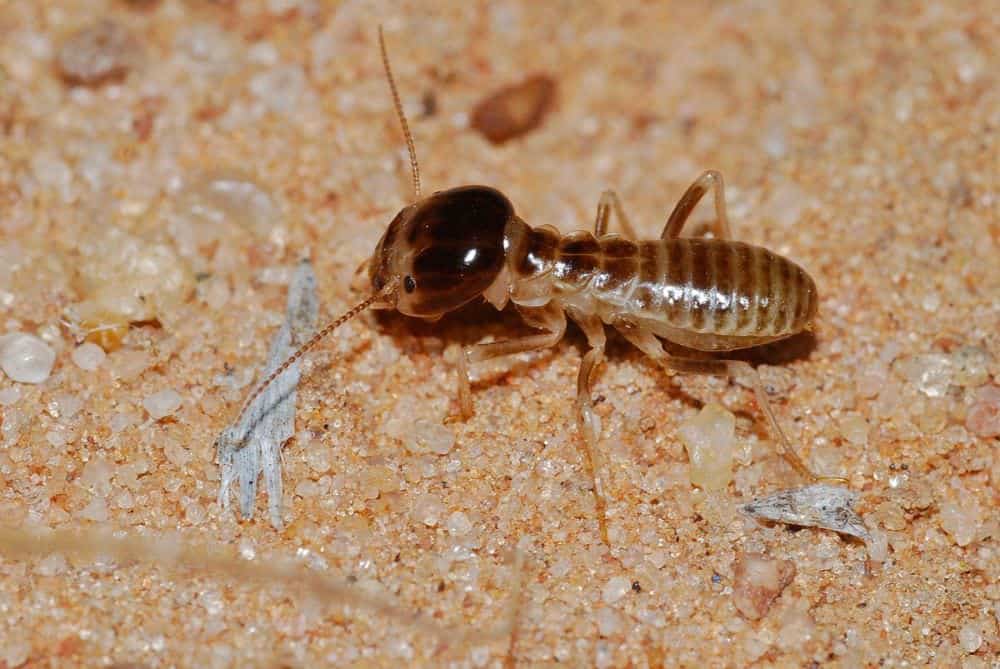
The workers are responsible for grooming and feeding all other castes. Young termites, the king and queen, and soldiers cannot care for themselves.
Heat
High temperatures are used to kill termites in specific areas of your home, such as inside an attic or a porch. Devices are set up in the affected area to heat the wood to very high temperatures, which kill the termites inside the wood are killed.
This method may not be suitable inside some homes. The structure of the home, as well as personal items, can be damaged.
Fumigation
Fumigation is another method of killing the entire termite population. A gas is released inside your home and left for up to several days. A special tent is set up over your property to prevent the fumes from escaping.
You and your family will have to vacate the home during this process. All living organisms (including pets and plants) must be removed from the home during the fumigation.
How to Prevent Termite Swarmers
Preventing termite swarmers involves practicing general termite prevention. Maintaining your property is an essential step towards preventing termites.
A wooden home should not be in direct contact with soil. This allows subterranean termites to enter easily. If the wood is moist or starts to decay, dampwood termites can target it.
If it is not possible to add a concrete foundation, you need to protect the exposed wood. Use metal barriers or powerful sealants, so that termites cannot tunnel into the wood.
Maintain gutters and other drainage systems. If the ground surrounding your home is consistently moist, subterranean termites can build nests in it.
Inspect your home for cracks and vulnerable spaces. A leaking roof or leaky pipes must be repaired immediately. If any wood in your home is decaying or rotting, replace it.
Avoid allowing wood debris to collect on your property. Whether dry or moist, it can attract termites, which can then move to your home. Similarly, remove outdoor termite hotspots, such as rotting tree stumps.
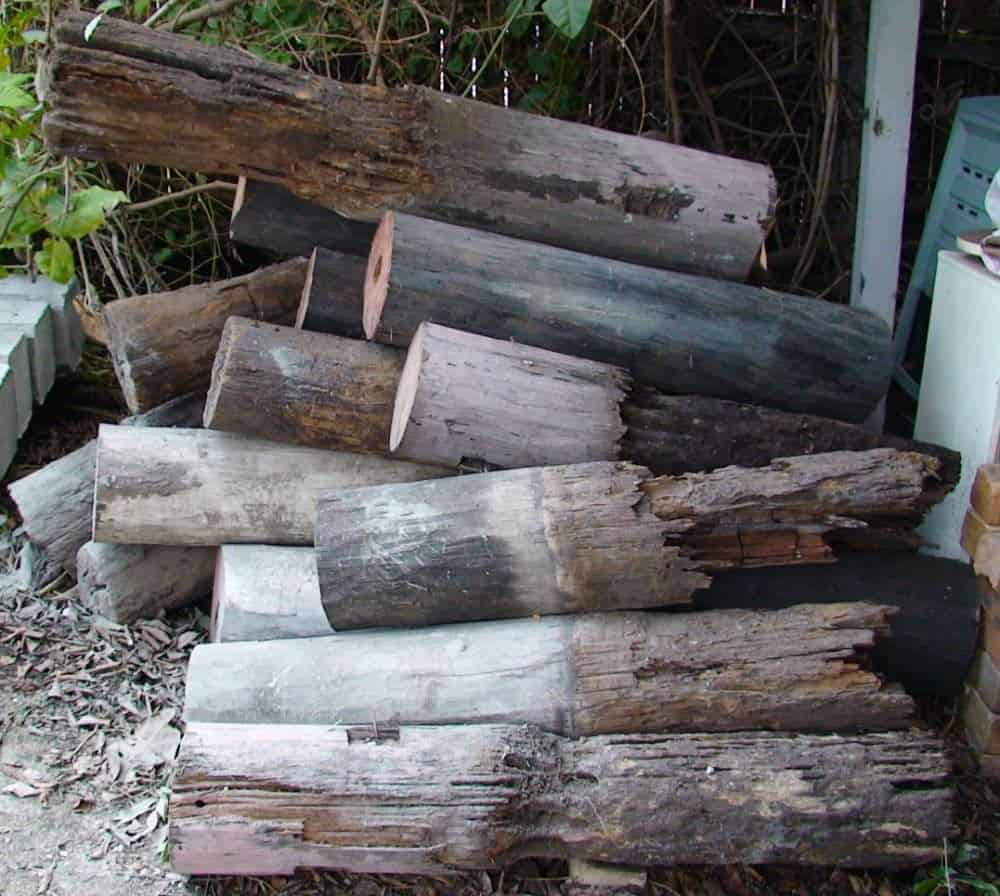
If you are replacing termite-damaged wood, take advantage of the situation. You can purchase wood that has been treated with termiticides. This will decrease the likelihood of a repeat infestation.
You can also apply chemical barriers around your property to repel termites. These insecticides will have to be re-applied regularly. Termite baits can be placed around your home to attract and poison foraging termites outdoors.
Summary
Do not ignore the presence of termite swarmers in your home. Swarmers will only appear when the infestation is well established. If you suspect they have entered your home from outdoors, perform an inspection. The sooner you catch a termite infestation, the better the outcome will be.
It can be unpleasant to see termite swarmers in the home, particularly in large numbers. However, these insects are not dangerous to humans and cannot bite or sting. Unfortunately, though, they can cause immense damage to any wooden structure in or around the home.

